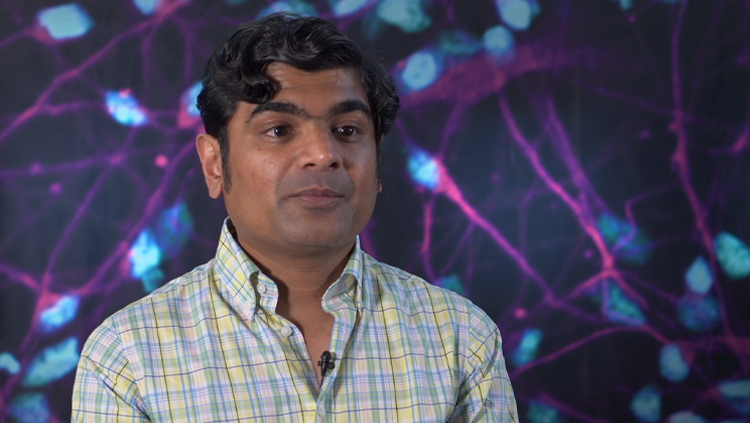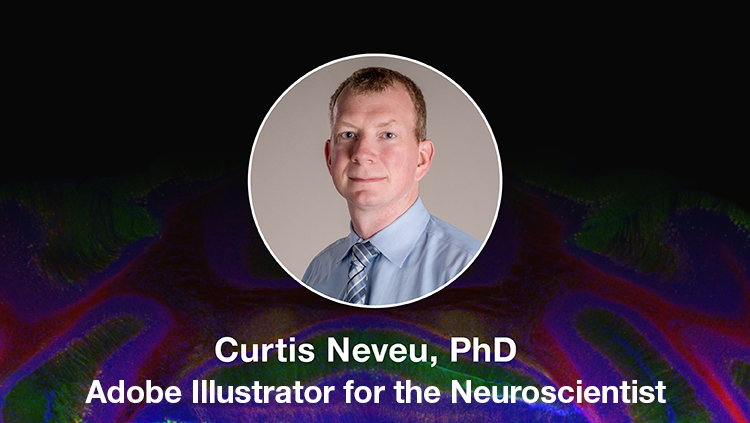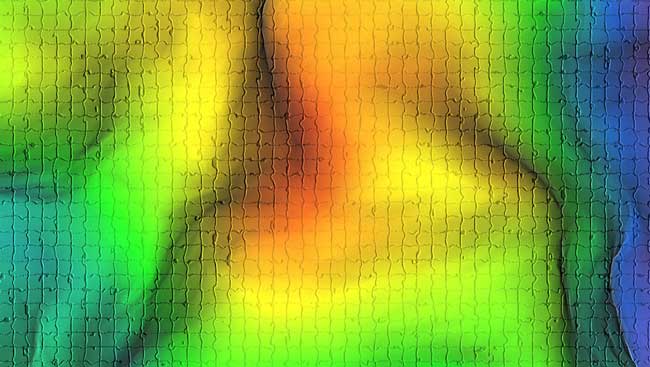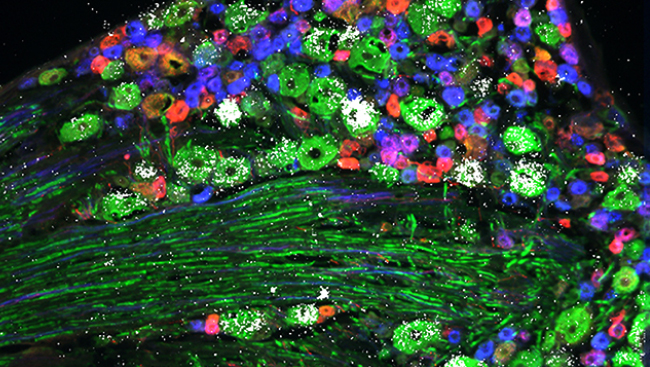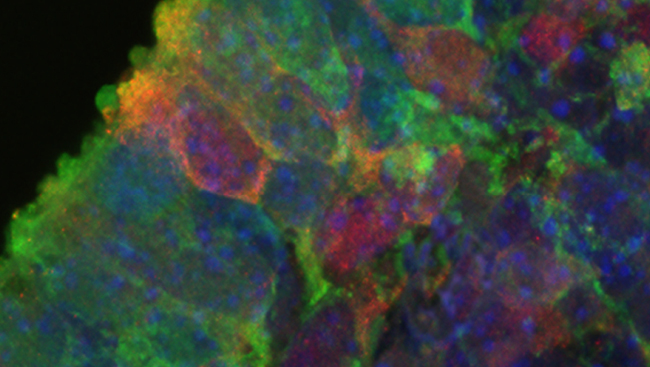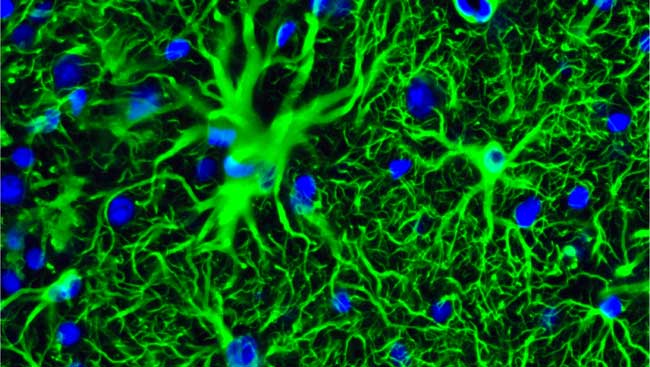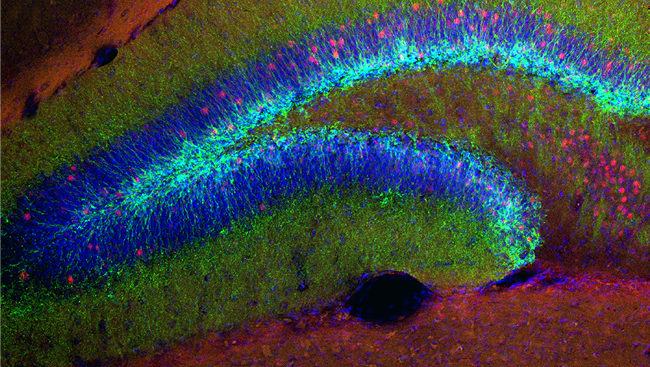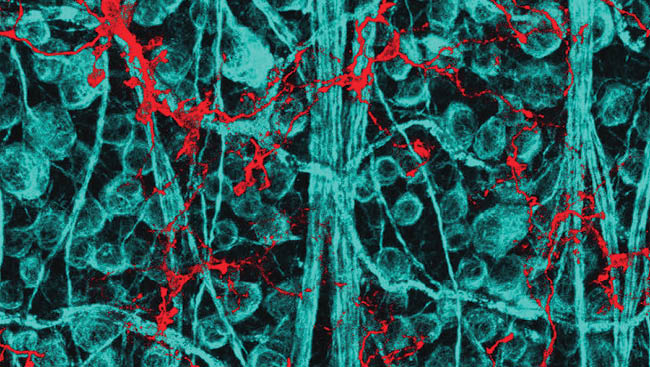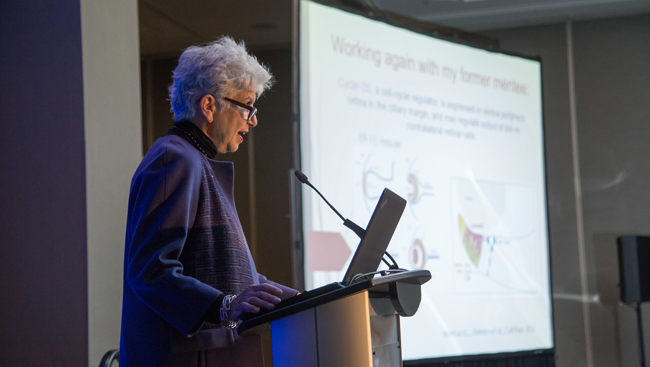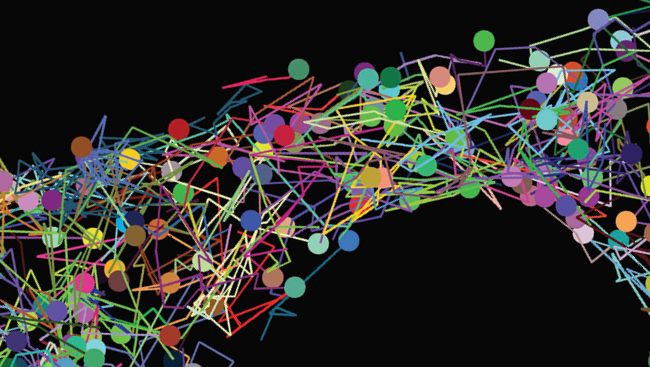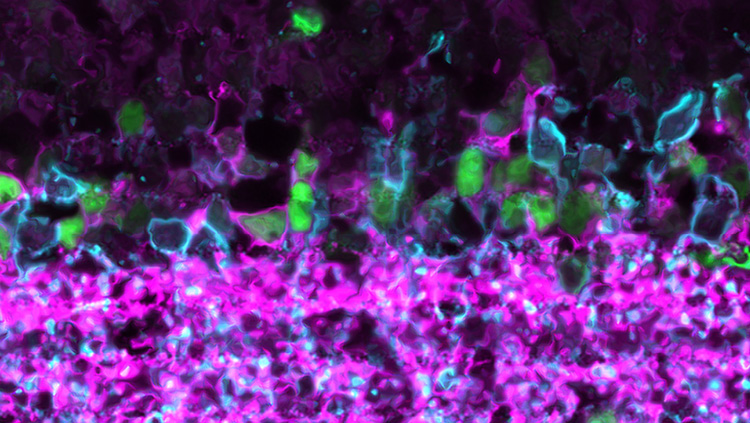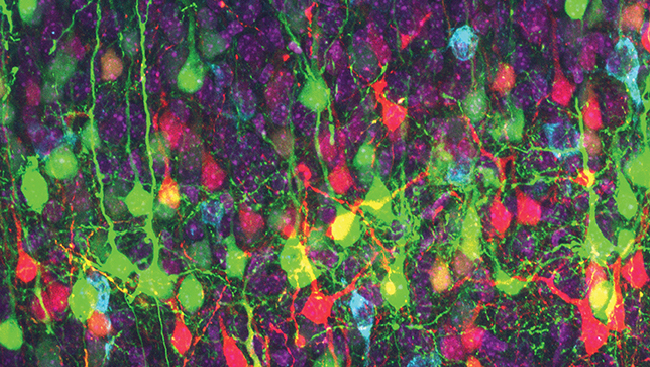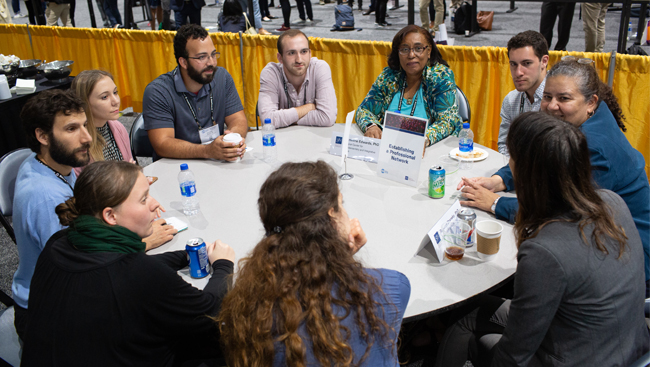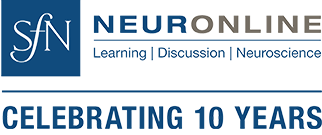Watch
Revisit annual meeting event recordings and watch interviews to discover the latest insights on topics from animal research and impostor syndrome to productive collaborations and leadership in the lab.
September 16, 2025
12:00 PM - 1:00 PM EDT
ArticleFilter
Filter
Refine by
348 - 360 of 393
Neuronline's vast collection of professional development and training resources offers guidance for people at all career stages with diverse interests and responsibilities.

